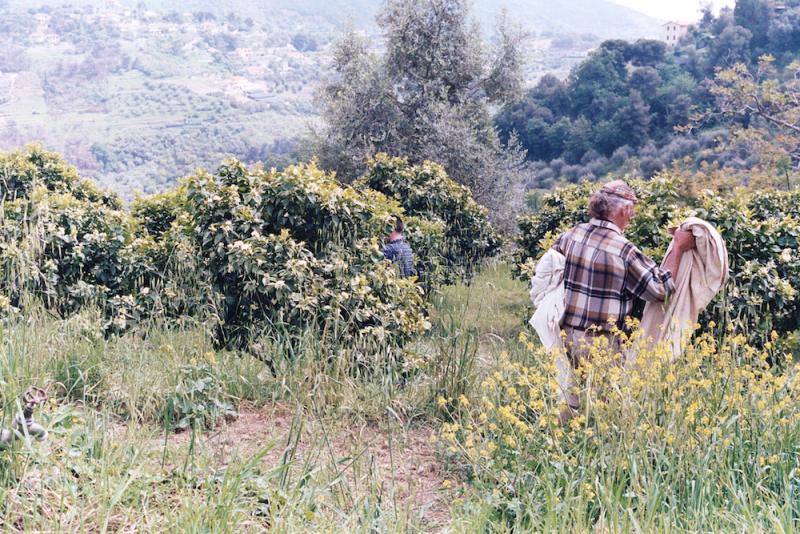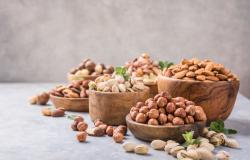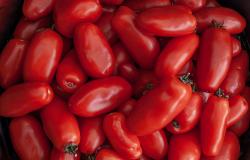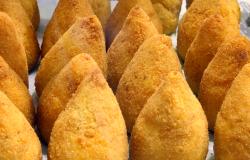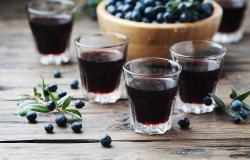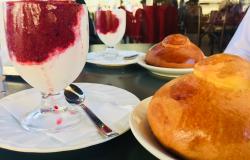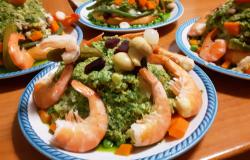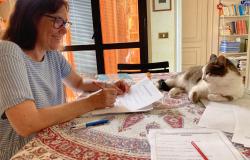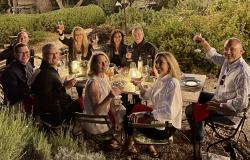By: Sophia Massarella
Citrus is well known around the world, it’s used in many different cultures to flavour dishes and adorn gardens, but how many of us think about where these lemons or oranges come from? As we place them in our baskets at the supermarket, are any of us thinking about the provenance; were they hand picked, what does the farm look like, what kind of products can be made from citrus, what other varieties are there?

Citrus Archive is a project started by photographer Sophia Massarella, celebrating the history and traditions of Italian citrus, documenting ancient techniques, regional recipes and everything in between. The project first came to fruition after coming across a copy of Giovanni Battista Ferrari’s Hesperides which was published in 1646 and was the first book dedicated to the taxonomy of citrus.
 [Limoni di Giovanni Battista Ferrari via wikimedia commons]
[Limoni di Giovanni Battista Ferrari via wikimedia commons]
Filled with beautiful copper plate engravings of each variety along with historic notes and recipes, this was the book which first triggered a deep interest and curiosity for the more intimate side of citrus cultivation. Focusing on small Italian farms who pride themselves in keeping old traditions alive, Citrus Archive intends to bring awareness and help preserve this industry through stories and visual journeys.
When the word citrus comes up most of us would think of the fruit itself rather than it’s leaves or flowers. For La Vecchia Distilleria, a 7th generation farm in the small Ligurian town of Vallebona, citrus means bitter orange blossoms.
Centuries ago bitter orange trees made their way from Southeast Asia, through Oman, Persia and Egypt finally arriving on the coasts of the Mediterranean Sea. With the French and Genoese quickly realising the importance of this citrus it wasn’t long before bitter orange trees had overtaken the land between Sanremo and Ventimiglia. It is said that the intense but delicate smell of orange blossoms could be recognised by passing ships along the Ligurian Coast.
Distillation of orange blossom water and the precious essential oil of neroli started in the 18th century, being especially popular with aristocracy for centuries. It is said that Queen Marie Antoinette of France would bathe in orange blossom scented water each day and Anna Maria Orsini of Bracciano, princess of Nerola would perfume her gloves with bitter orange blossom essence, therefore in her honour it was named neroli.

For nearly two centuries these small Ligurian towns thrived off of the distillation industry, but unfortunately with modern times came modern inventions. In the mid 20th century the chemical industry which synthesised aromas with much less effort and at much lower costs, took precedence on the natural distilling of orange blossoms. Along with modernisation of the industry there were three major frosts which killed nearly all bitter orange trees in the area, leaving farms with no other option than to shut their doors and look for new business ventures.
“Guglielmi Bernardo fu Pietro e Figli” was the last distillery to close in 1985, but fast forward to present day and it has now been revived as La Vecchia Distilleria. Pietro Guglielmi who is the 6th generation of the Guglielmi family, realised the importance of preserving a family tradition which started in 1856 and therefore started again from scratch with the help of his family.

After coming across a few surviving bitter orange trees and making many grafts, today Pietro and his family carry on the tradition of distilling bitter orange flowers using natural techniques as they used to.

Harvest season is at the beginning of May and lasts for about two to three weeks depending on how many blossoms there are. Each tree needs to be picked numerous times as you must only pick the flowers which have fully opened and have produced enough oils to be distilled.

So in May we found ourselves being led by Pietro up into the hillside of Vallebona where his family house and farm have been for over one hundred years. He guides us through an archway separating two parts of the house, across a thin wooden bridge into an overgrown grassy pathway, alongside a running stream of fresh water.
Scents of jasmine and honey fill the air, before the grove was even in sight, there it was; the scent of bitter orange blossoms hitting us in the face with it’s intense perfume. Reaching the grove, voices and laughter were coming from within the trees and as we got closer two heads popped out greeting us excitedly. Pietro’s mother and father who had been plucking the blossoms since 7:00 in the morning and will probably finish around 7:00 in the evening.

We spent two days with Pietro and his family, learning about their history, the process of distillation and getting to know the family. On the second day a few more family members joined to help in harvesting and at the end of the day we shared the fruits of their labour. Pietro’s mother makes wonderful Ligurian specialties such as Bugie; a fried dough similar to chiacchiere which is sprayed with orange blossom water and sprinkled with sugar. She also makes a delicious sweet focaccia which is again made with orange blossom water and sprinkled with sugar.

For the blossoms that are left on the tree, these form bitter oranges and are then used to make, in my opinion, the best marmalade I’ve ever tried (perfect on toast with ricotta.)
Farms like La Vecchia Distilleria who are so family oriented and passionate about their craft are the exact kind of farm we at Citrus Archive try to bring more awareness to, the stories and history are something we feel needs to live on for many years to come.
Follow Sophia's adventures here and the Citrus Archive Instagram
